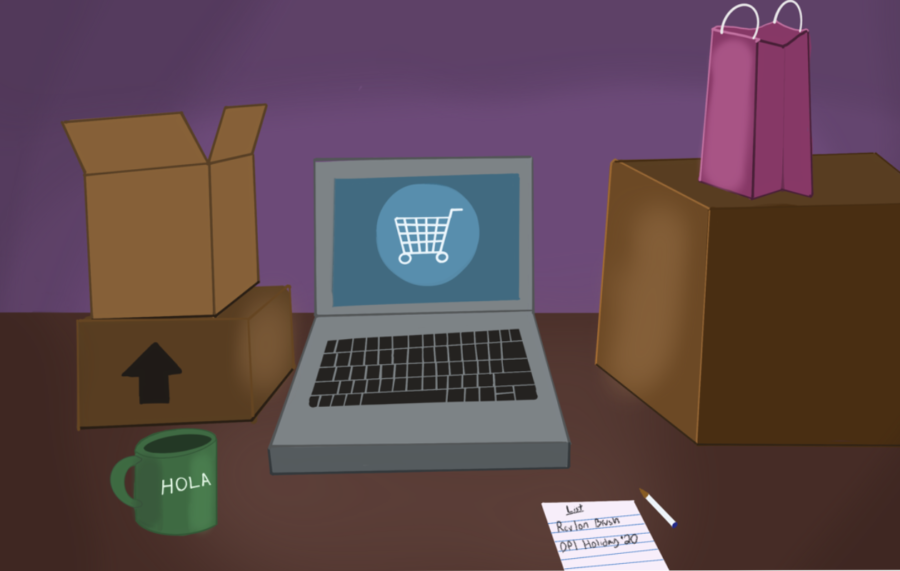As the Thanksgiving leftovers fade away, and the whispers of Christmas and the blinding lights from decorations and trees emerge again, we seem to witness yet another historical event. A sign that illustrates how we will shop from now on. Cyber Monday, originally intended to help smaller retailers compete with the big names who were harping on about Black Friday, has quickly become a shopping tradition and an event that seals the ongoing sales through the whole month of November. This time, however, it seems that spending broke an all time record.
According to data from Adobe Analytics, Cyber Monday spending rose by 15.1% this year to a record-setting $10.8 billion. Last year’s Cyber Monday previously held the record for the biggest U.S. online shopping day to date. Numbers also showed a 30% increase in curbside pickups (likely in a bid to avoid crowds and shopping delays) and 37% of online transactions were placed over a mobile device. It is safe to say that shopping will slowly transition into a place where the payment and delivery of a product or service will be remote and in a third-person form of interaction.
Picture a person wanting to buy groceries, so he downloads the market’s app on his phone and proceeds to select the items he wants for his order. Milk, red meat, vegetables and cereal. Now the workers in the supermarket will proceed to search and obtain the shopping list sent by the user. Next, all items will be available for pick up, maybe even delivery, as systems like DoorDash and Uber Eats continue to expand and evolve. Finally, the user will arrive to pick up his groceries and, with the payment arranged, proceed to leave the facility without even having to leave his form of transportation.
Obviously this data and information coming from such an earthly event like Cyber Monday may come off as a “lack of correlation” or “mere coincidence.” But what if these numbers are signs of things to come? Our forms of interaction, communication and even affection will severely change. After hundreds of years, we’re approaching an era of digital interactions and monumental changes that we’ve never experienced before.






